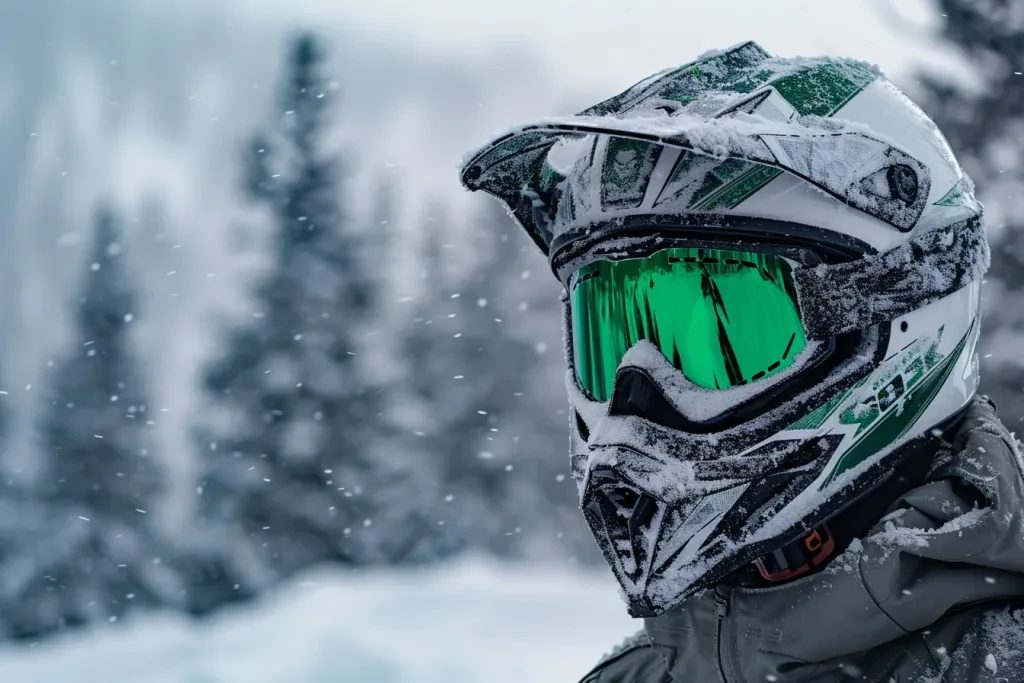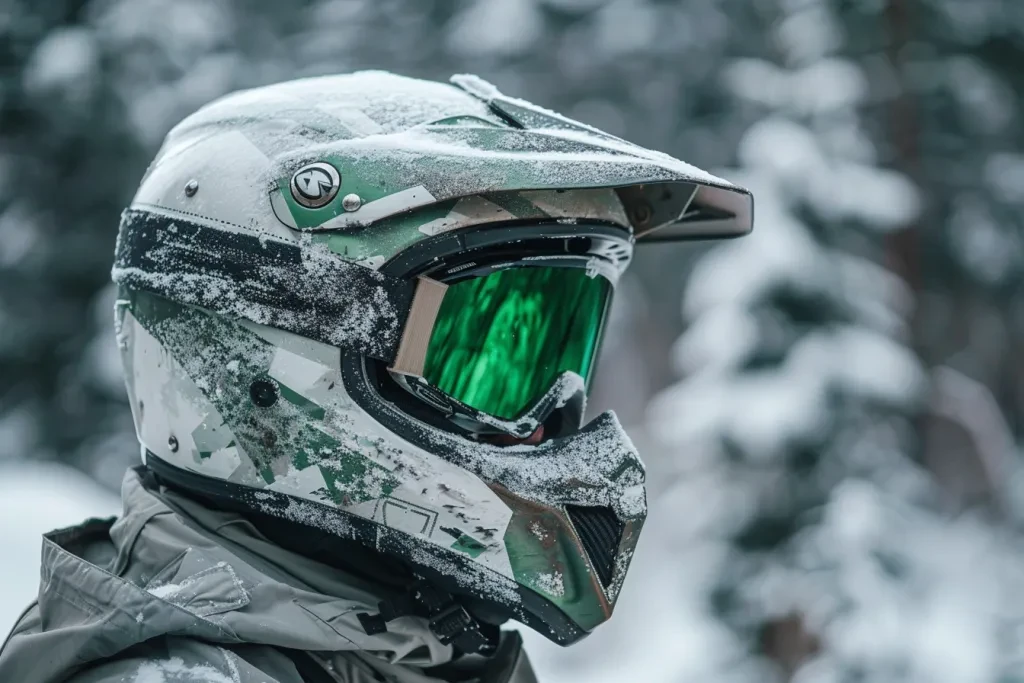As you gear up for the snow season, choosing the right snowmobile helmet is crucial for both safety and comfort. This comprehensive guide will walk you through everything you need to know about snowmobile helmets, from their purpose and selection criteria to their lifespan and replacement tips.
Table of Contents:
– What is a snowmobile helmet?
– What does a snowmobile helmet do?
– How to choose a snowmobile helmet
– How long do snowmobile helmets last?
– How to replace a snowmobile helmet
– How much are snowmobile helmets?
What is a snowmobile helmet?

A snowmobile helmet is a type of protective headgear specifically designed for use while operating a snowmobile. Unlike standard motorcycle helmets, snowmobile helmets are tailored to address the unique challenges posed by cold weather and snowy environments. These helmets come in various styles, including full-face, modular, and open-face designs, each offering different levels of protection, visibility, and comfort.
What does a snowmobile helmet do?

The primary function of a snowmobile helmet is to protect the rider’s head in the event of an accident or collision. Besides impact protection, these helmets are designed to provide thermal insulation, keeping the rider warm in freezing temperatures. They also feature anti-fog visors and breathable face masks to ensure clear visibility and comfort during long rides in snowy conditions. Advanced models may include integrated communication systems and action camera mounts for a more enjoyable and connected riding experience.
How to choose a snowmobile helmet

Choosing the right snowmobile helmet involves considering several factors to ensure maximum protection, comfort, and convenience. First, look for helmets that meet safety standards set by organizations like DOT or SNELL. These certifications guarantee that the helmet has passed rigorous impact testing. Next, consider the helmet’s weight and materials; lighter helmets reduce neck strain during long rides, while materials like polycarbonate offer excellent durability. Finally, think about features like ventilation systems, heated visors, and removable liners that can enhance your riding experience.
How long do snowmobile helmets last?

The lifespan of a snowmobile helmet largely depends on usage, care, and storage. Generally, manufacturers recommend replacing helmets every 3 to 5 years. Over time, the materials in the helmet degrade, reducing its effectiveness in protecting the rider. Frequent use, exposure to extreme temperatures, and accidental drops can accelerate this degradation. To extend the life of your helmet, store it in a cool, dry place and clean it regularly with appropriate products.
How to replace a snowmobile helmet

Replacing a snowmobile helmet involves assessing its current condition and determining whether it meets your safety needs. Inspect the helmet for signs of wear, such as cracks in the shell, a loose fit, or a degraded interior lining. If any of these issues are present, it’s time for a replacement. When purchasing a new helmet, ensure it fits snugly without being too tight, offers adequate ventilation, and meets current safety standards. Consider upgrading to a model with enhanced features like a better field of vision or improved communication capabilities.
How much are snowmobile helmets?

The cost of snowmobile helmets varies widely based on type, materials, features, and brand. Basic models can start as low as $100, offering essential protection and comfort for casual riders. Mid-range helmets, priced between $200 and $400, typically include additional features like anti-fog visors and improved ventilation systems. High-end models, which can cost over $500, offer the latest in helmet technology, including lightweight composite materials, integrated communication systems, and advanced safety features. Regardless of your budget, investing in a quality helmet is crucial for ensuring safety on the snow.
Conclusion: Selecting the right snowmobile helmet is a critical decision for any winter sports enthusiast. By understanding the purpose of these helmets, what to look for when choosing one, their lifespan, and replacement criteria, you can ensure a safe and comfortable riding experience. Remember, a high-quality snowmobile helmet is not just an accessory but a vital piece of safety equipment that can save your life.




